From farm to cup: The rise of coffee as an economic powerhouse
Interesting
−
06 April 4124
Today, coffee is not only the favorite drink of millions but also a global industry worth billions of dollars! It has already become a significant economic sector and business network worldwide. This article explores the development of the coffee business, its economic significance, and the growing global demand.
How Many People Benefit from Coffee?
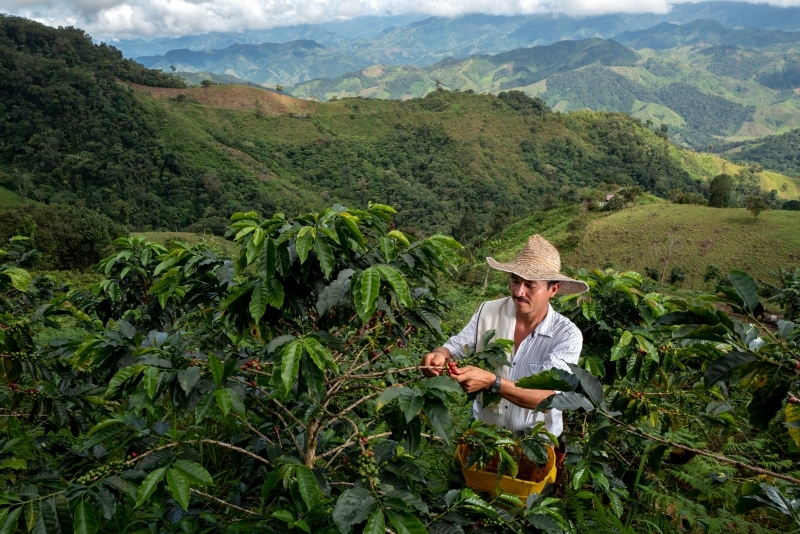
In 2024, the global coffee market value surpassed $200 billion USD, with forecasts suggesting it will reach approximately $350 billion USD by 2034. According to Balance Coffee, a company that produces and sells coffee products, the demand for coffee continues to grow year by year. In 2023, the average annual coffee consumption in the United Kingdom was estimated at around 528 cups per person. Consequently, business ventures in this sector are also thriving.

Apart from becoming consumers’ favorite beverage, coffee provides millions of people with jobs and income. Around 25 million farmers worldwide are engaged in growing coffee berries. When accounting for stages like processing, exporting and importing, transportation, and sales, this number exceeds 100 million individuals globally.
Starting the Day with Coffee

Starting—and even continuing—your day with coffee has become a common habit. The “80/20 rule” is particularly evident in coffee sales. This concept means that 80% of revenue comes from 20% of buyers. In other words, well-prepared and attractively presented coffee guarantees loyal customers. Those interested in pursuing coffee as a business should consider several important factors:

- Choosing the right location. For example, a lively area of the city bustling with youth or a pedestrian-friendly spot is ideal.
- Identifying service types (mobile setups, coffee bars, delivery services).
- Investments (personal funds, loans, or investor support).
- Expenses (rent, staff salaries and bonuses, products, etc.).
- Competition (quality and price control).
- Hiring the right staff (customers will not return to rude or inattentive vendors).
- Marketing and advertising (while good products don’t need excessive promotion, awareness impacts sales).

It should also be noted that competition in this business is fierce. As consumers desire unique and innovative coffee flavors, sellers must strive diligently to retain their customers.
Coffee: A Demanding Agricultural Commodity
Coffee beans take a long journey before reaching store shelves or vendors who prepare them. Coffee trees, which start bearing fruit within 4–7 years and continue for up to 25 years, are cultivated in countries across South America, South Asia, and Africa. On a global scale, approximately 9–10 million metric tons (1 metric ton = 1,000 kg) of coffee are produced annually. Countries like Brazil, Vietnam, and Colombia supply the majority of coffee beans to the world.
There are two main types of coffee plants:
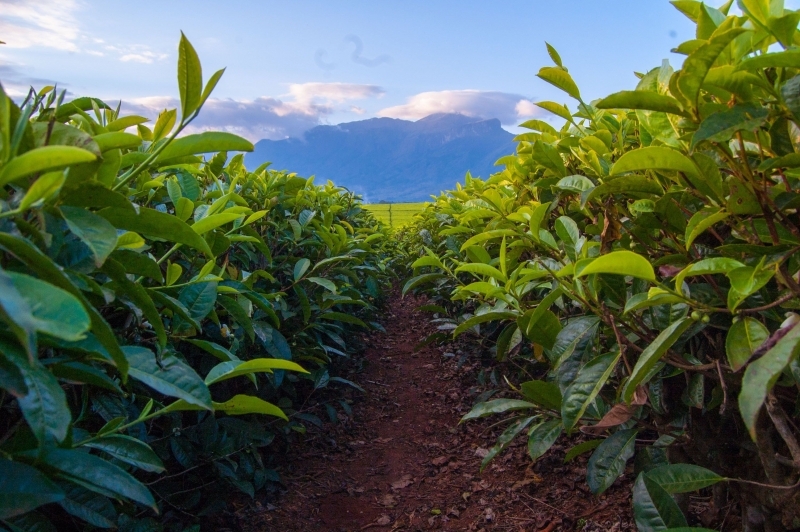
Coffea Arabica: Produces beans with a complex flavor and lower caffeine content, used for “premium-quality” beverages.
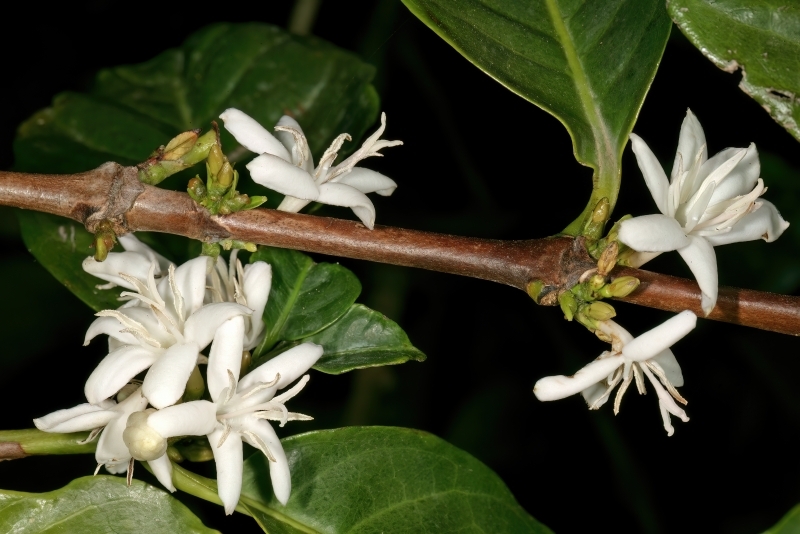
Coffea Canephora (Robusta): Known for its strong, bitter taste, these fruits are easier to cultivate and thus more affordable.
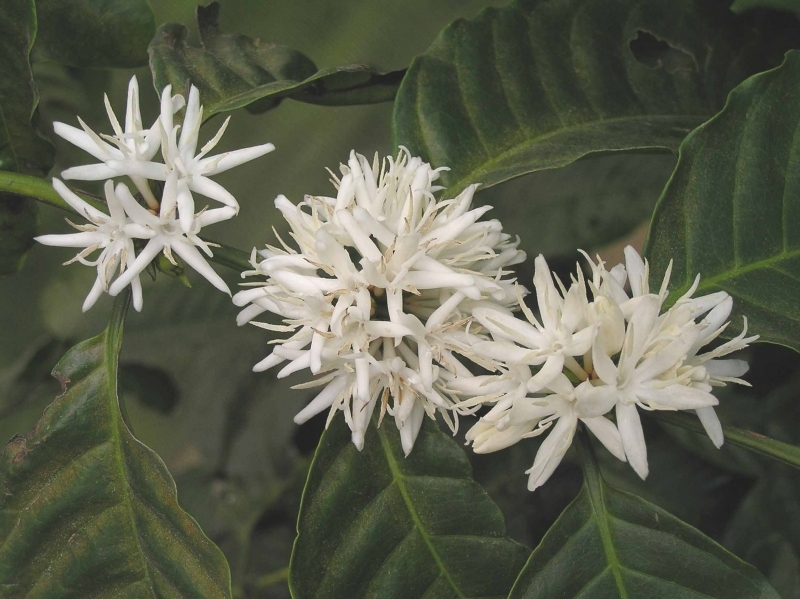
Despite subtle differences, both plant types undergo similar processing stages:
Berries are hand-picked or machine-harvested and dried, either traditionally under sunlight or through modern technical methods.
During processing, the berry husk is removed, and the beans are extracted. The cleaned and sorted beans are prepared for export.
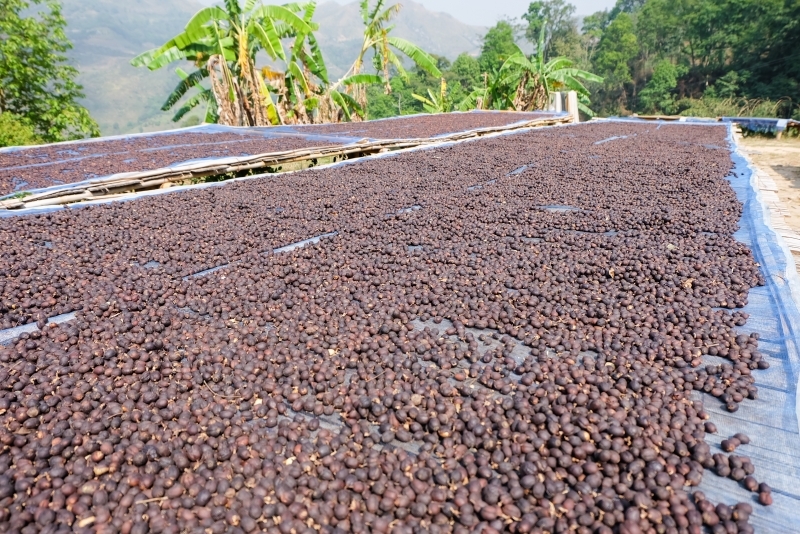
Once imported, beans are roasted industrially, undergoing a process that gives coffee its familiar flavor and aroma. Temperature and duration determine the color and taste. After roasting, the beans are sorted, packaged, and exported to consumer countries.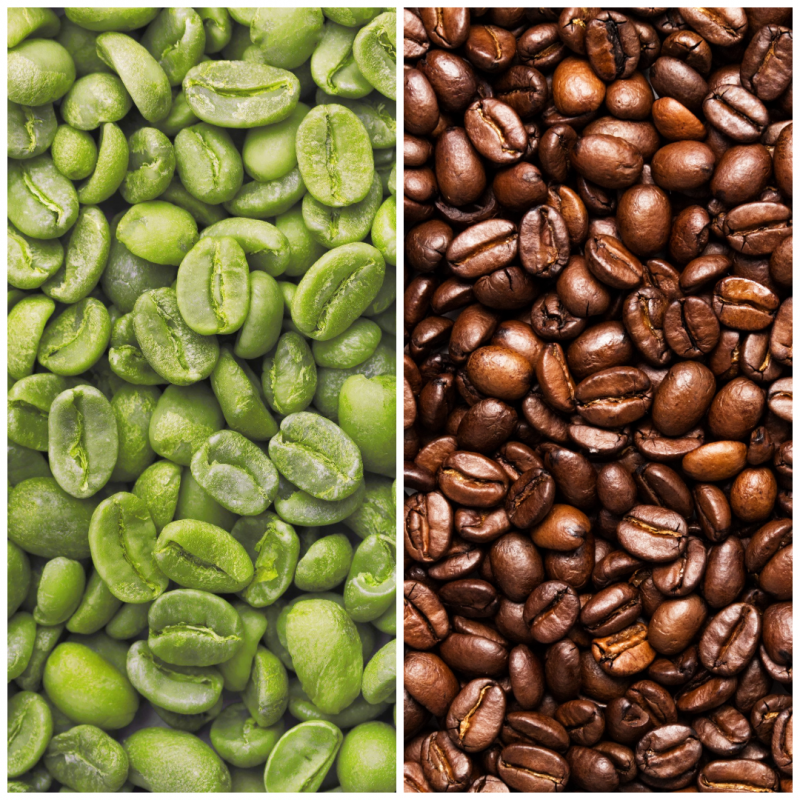
Despite its popularity, the coffee business does come with risks. Climate conditions, particularly global warming, affect coffee cultivation, leading to price fluctuations. Nevertheless, increasing consumer demand has elevated coffee to a prominent position within the agricultural sector, making it an essential part of many countries’ economies. Coffee ranks among the most profitable crops globally, alongside cocoa, cotton, and sugar beet. However, the expansion of coffee plantations is associated with deforestation, excessive water consumption, and soil salinization, which need to be carefully managed.
Live
All
